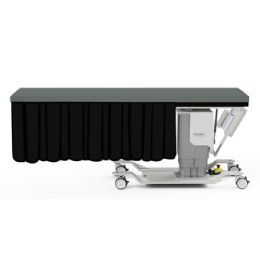






















These professionals are typically medical doctors (MDs) with extensive specialized training in medical imaging interpretation. Radiology technologists play a crucial role in operating and managing imaging machines during the image production process. Following the imaging tests, radiologists provide their interpretations to the referring clinical doctors in the form of reports.
Diagnostic Radiology
Diagnostic radiology is a vital tool for healthcare providers to visualize internal body structures, diagnose conditions, monitor treatment responses, and screen for various illnesses. Common diagnostic radiology exams include CT scans, fluoroscopy, MRI, mammography, nuclear medicine tests, x-rays, and ultrasound.
Interventional Radiology
Interventional radiologists use imaging techniques to guide minimally invasive procedures, enabling precise detection and treatment of various conditions throughout the body. This approach allows for smaller incisions, reducing the need for open surgery and promoting faster recovery. Examples of interventional radiology procedures include angiography, embolization, tumor ablation, biopsies, and catheter placements.